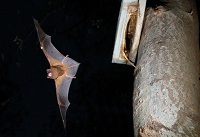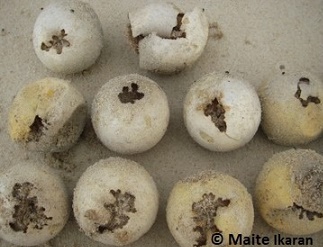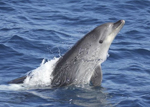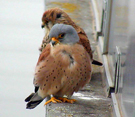
Welcome
Welcome to the official website of the Doñana Biological Station (EBD-CSIC)...

The Doñana Biological Station: EBD-CSIC
The Doñana Biological Station is a public Research Institute belonging to the Spanish Council for Scientific Research CSIC in the area of Natural Resources...

Mission
Our fundamental mission is to carry out multidisciplinary research of the highest standard directed to understanding the way in which biodiversity is generated, maintained and deteriorates, as well as the consequences of its loss...

Our methods
We apply many techniques within a multidisciplinary framework, from molecular genetics to remote sensing, and from modelling to physiological and isotopic analyses...

Monitoring the environment
Monitoring biodiversity at the Doñana Natural Space cover a wide range of communities, including both terrestrial and aquatic organisms...

Aims
Our aims include the study of the ecological and evolutionary processes by combining field work, mathematical and statistical models and physiological and genetic analysis...
 Outstanding
Outstanding
-
 Predation by owls affects the survival of the colony of greater noctule bats in Doñana
Predation by owls affects the survival of the colony of greater noctule bats in Doñana -
 Loggerhead turtles nest more at mixed sand beaches where predation by ghost crabs is lower
Loggerhead turtles nest more at mixed sand beaches where predation by ghost crabs is lower -
 Army ant invasion of leatherback nests in Gabon
Army ant invasion of leatherback nests in Gabon -
 The diet of the bottlenose dolphin described by stomach content and stable isotope analyses
The diet of the bottlenose dolphin described by stomach content and stable isotope analyses -
 Wind and temperature determine Lesser kestrels selection of hunting strategy
Wind and temperature determine Lesser kestrels selection of hunting strategy
 News
News
Content with tag predation .
 Predation by owls affects the survival of the colony of greater noctule bats in Doñana
Predation by owls affects the survival of the colony of greater noctule bats in Doñana
The increase in these deaths might be related to the lack of alternative roosts due to the loss of habitat and breeding areas because of human activity





